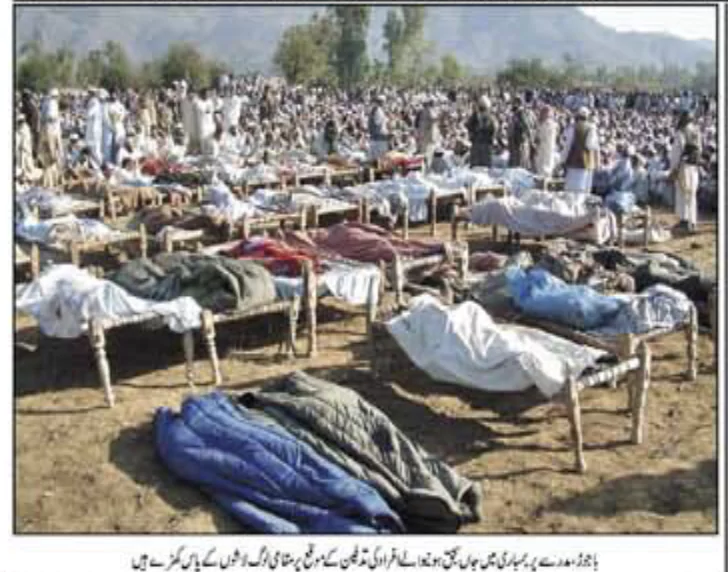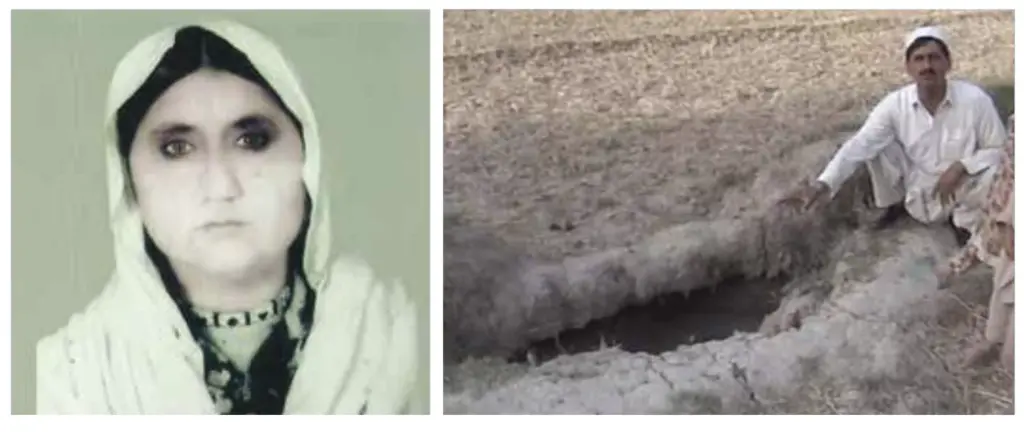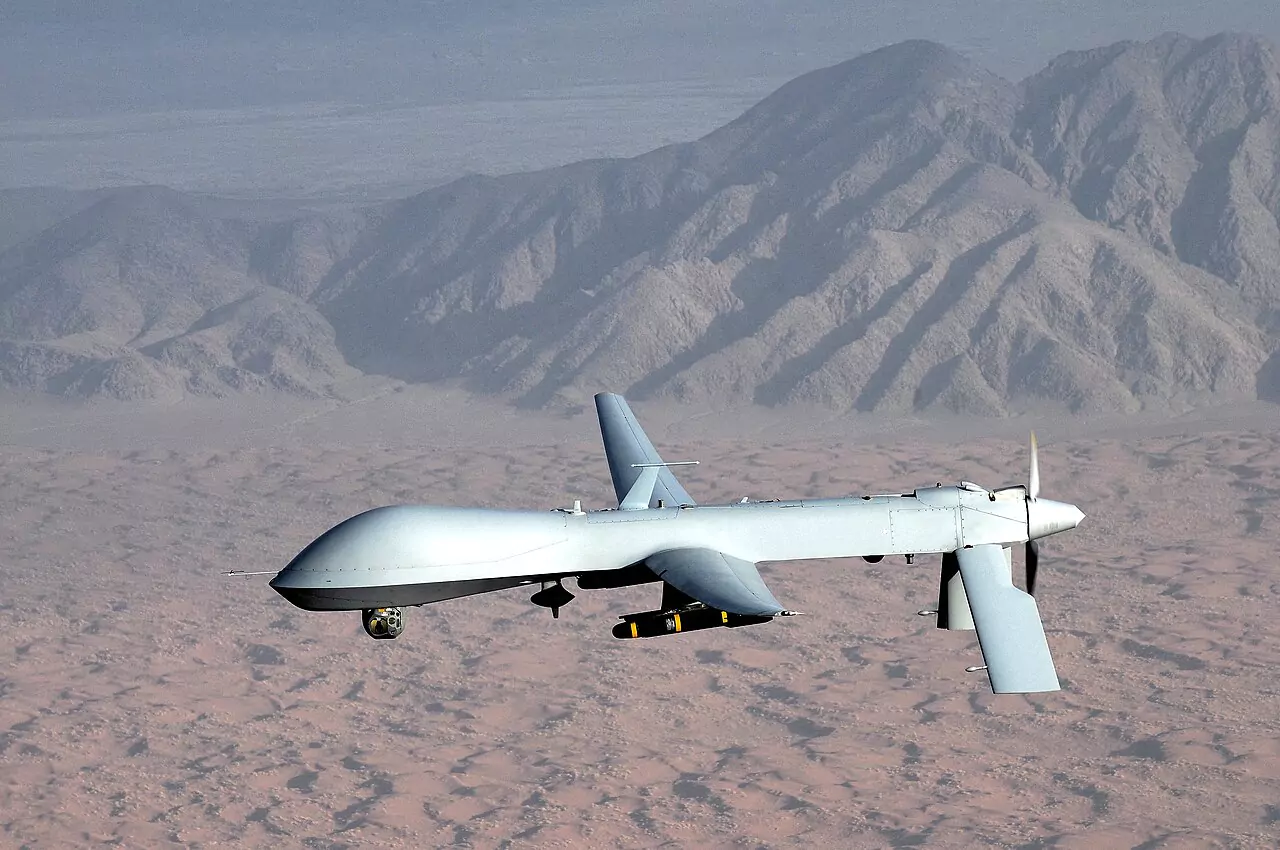Get Started: One Minute Massacres Core Map (Pakistan)
Between 2001 – 2021, the United States targeted mosques, madrassas (schools), markets, funeral processions, and homes in Pakistan’s seven tribal agencies (FATA) with precision drone strikes.
The playbook was always the same – the Pentagon would refute any attack, while Western media, such as Associated Press, Agence France-Presse, and Reuters would cite ‘credible’ ‘intelligence’ and ‘government’ sources to confirm casualties were all ‘militants’ or ‘terror outfits’.
However, leaked Pentagon documents show that during a five-month period in 2013, 90% of those killed by US drone strikes in Operation Haymaker in north-east Afghanistan were unintended targets.
Amnesty International on Operation Haymaker, 2020.
The playbook gave the United States its greatest asset in the information space – plausible deniability. If the Pentagon keeps the drone attacks officially dubious, it cannot be held legally accountable for civilian deaths.
In late October 2006, a US Predator drone targeted a school in the Chenagai area of Bajaur Agency. The explosion killed over 70 children, many as young as seven.
The ‘official’ narrative of this massacre claimed that the U.S. had targeted Faqir Muhammad, a militant leader they suspected of being at the site. This framing conveniently glossed over the reality that the U.S. deemed the deaths of hundreds of children as an acceptable cost for a single target.
Pray and Spray
The process of marking the targets was always dubious at best.
A former U.S. counterterrorism advisor, Richard A. Clarke, criticised the CIA’s use of behavioural signatures to mark targets, as opposed to confirmed identities. A ‘signature’ strike was one where targets were chosen based on behaviour, such as an off-roading car or men sitting together in a remote compound.
This was proven in 2015, when the United States killed two Western hostages, an American and an Italian, who were held hostage in the North Waziristan agency.
Jonathan Landay, an American journalist who sifted through classified CIA documents, concluded that the U.S. intelligence did not always know who had been killed. An admission that was repeated by NBC News in 2013. And then by the U.S. State Department in 2021.

Despite the confessions, the successive U.S. administrations insisted that drone attacks were very precise. John Brennan, Obama’s counter-terrorism advisor, claimed in 2011 that “for nearly a year, there hasn’t been a single collateral death” from attacks in Pakistan.
Only three months earlier, a US drone attack in Datta Khel, North Waziristan, had killed 44 civilians in a meeting held to settle a local business dispute – only days after the US government had paid blood money in exchange for the release of CIA contractor Raymond Davis, whose team had killed 3 civilians in Lahore.
This is by no means any groundbreaking information. An entire generation of young men and women now walk Pakistan’s tribal areas, mourning the loss of their parents and family, knowing the Americans unjustly killed them.
Time and again, classified CIA documents are cited by Western Journalists, telling some arbitrary ratio that 9 out of 10 killed are Americans’ unintended targets.
Others, like Christopher Rogers, have reached conclusions that average drone strikes have yielded 3.3 civilian casualties on a sample of only 9 drone attacks, extrapolated to a dataset of hundreds of attacks.
99% Accuracy from London & New York
News reports written by suave, White journalists in New York and London set the narrative in stone with their reporting – the US drone strikes were “successful” in killing 50 “terrorists” every attack, family homes became “terrorist compounds”, weddings became “training camps”, and schools became “weapons depots”.
This information was handed to them by the Pentagon, with absolutely no physical way to confirm casualties on the ground.
The irony is lost to the world that later investigative journalists who blew the whistle on these civilian deaths did so from the same comfortable, air-conditioned offices in New York and London as the CIA officials who signed off on the drone strikes.

While their intentions were noble, the stakes were limited. Nobody came to the frontlines on the ground; the stories of the victims were not documented.
Even the Pakistani media, including Dawn and Express Tribune, syndicated their reporting on drone strikes directly from AP and Reuters. As a result, the local realities of these attacks rarely reached Pakistani audiences, let alone global newsrooms.
Unvetted and unverified “facts” provided by the Pentagon were reproduced as gospel, effectively turning official statements into unquestioned law.
For example, in 2013, a US drone missile struck a fishing boat on the Kabul River in Northern Khyber Agency. The Pentagon reported that the strike had killed a group of militants.
Field research conducted by OMM, led by Waqar Ahmed, interviewed affected families and local eyewitnesses, who unanimously confirmed that all victims were civilian fishermen.
Among those interviewed was the 25-year-old son of one of the victims, who had lost his father in the attack when he was 12 years old.
The Waziri journalist Hayatullah Khan was famously assassinated in 2006 for reporting on the presence of growing U.S. aerial forces in the tribal areas, before the drone attacks started being leaked to the press by the Pentagon.
In 2010 and 2011, Pakistan’s tribal areas were thus marked as the most dangerous region in the world for journalists by the Committee to Protect Journalists (CPJ), ahead of Iraq.
Hunted by Taliban factions for exposing safe havens, the Pakistani state for exposing collusion with Americans, and NATO for reporting civilian deaths.
The International Federation of Journalists (IFJ) reported that 31 journalists were killed in the tribal areas between 2005 to 2017.
OMM: A Documentation Project
One Minute Massacres: Pakistan is an investigative project on Western massacres in Pakistan. It seeks to document and preserve credible evidence and oral histories of victims and their families from every corner of Pakistan.
One Minute Massacres: Pakistan is a continuation of the One Minute Massacres project, a mapped, evidence-based archive of Western massacres in the Muslim world – including Palestine, Afghanistan, Iraq, Syria, Lebanon, Tunisia, and more.
More information at the One Minute Massacres page.
Support me from $3/mo
The West kills millions of innocents and children, and then calls their corpses ‘terrorists’. Their media hides the evidence.
I’m an investigative journalist who digs out that evidence. Get exclusive interviews, podcasts, and credible reports you won’t find elsewhere.
Support independent, grassroots journalism

Leave a Reply